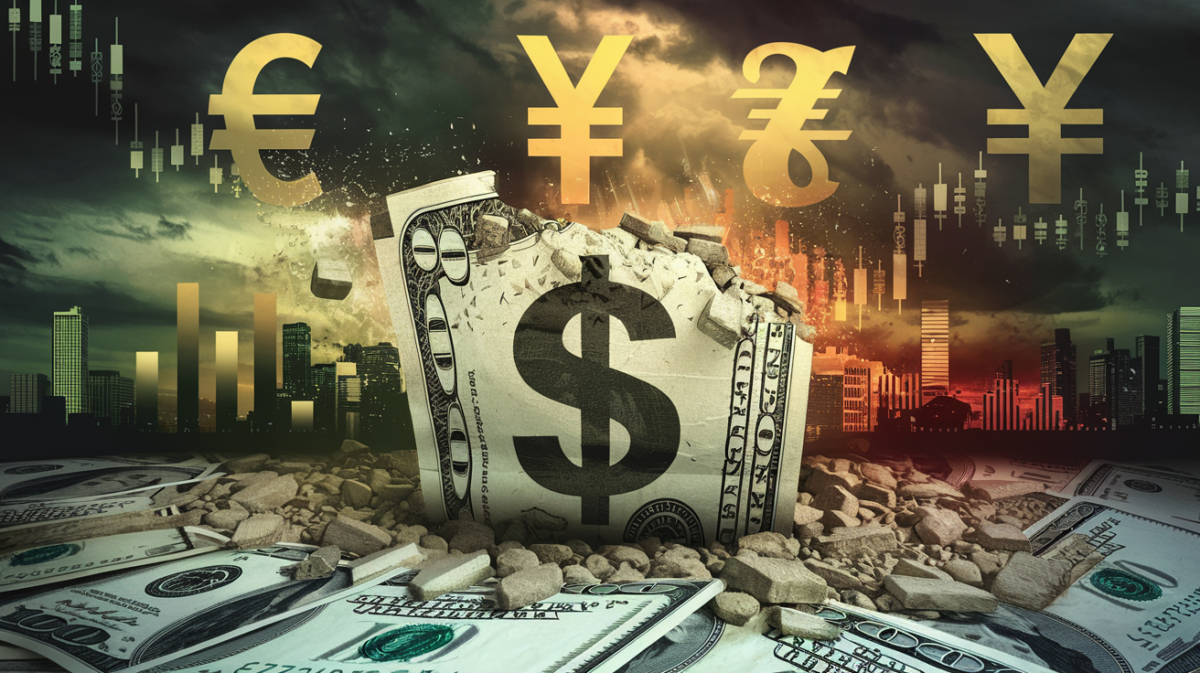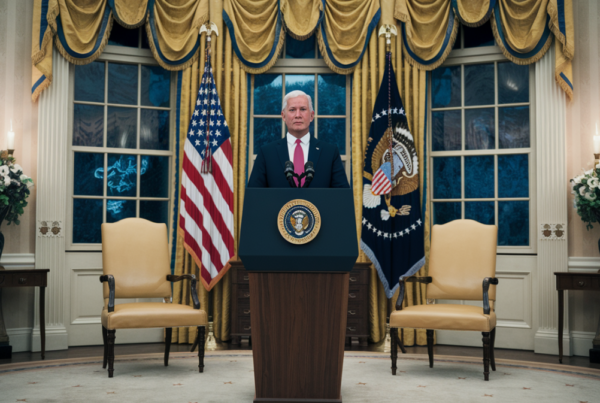The U.S. dollar has long been the cornerstone of global trade and finance, serving as the world’s primary reserve currency. However, recent economic policies and mounting national debt are raising concerns about its continued dominance. From aggressive tariffs to fiscal instability, the dollar’s future as the go-to currency for international transactions is under scrutiny.
The Impact of Tariffs on the Dollar’s Stability
Trade policies, particularly tariffs, have played a significant role in shaking confidence in the dollar. The Trump administration’s aggressive tariff measures, aimed at protecting domestic industries, have led to retaliatory actions from other nations. These disruptions have introduced volatility into currency markets, as seen with the Taiwanese dollar’s sharp appreciation against the U.S. dollar.
Economists warn that such policies could accelerate the decline of the dollar’s dominance. Kenneth Rogoff, a prominent economist, argues that countries may increasingly seek alternatives to mitigate risks tied to U.S. economic decisions. This shift could erode the dollar’s role as the default currency for international trade.
Mounting National Debt: A Growing Threat
Another critical challenge is the United States’ escalating national debt. Analysts from JPMorgan have identified fiscal weaknesses, including soaring public debt and persistent deficits, as major risks to the dollar’s supremacy. Former House Speaker Paul Ryan has echoed these concerns, cautioning that the U.S. is nearing a debt crisis that could undermine the dollar’s reserve status.
The implications of such a crisis are far-reaching:
- Higher borrowing costs: A weaker demand for dollar-denominated assets could force the U.S. government to pay more to borrow money.
- Inflation risks: Reduced confidence in the dollar might lead to inflationary pressures, affecting everyday consumers.
- Global economic instability: A decline in the dollar’s role could disrupt international trade and financial systems.
The Rise of Alternative Currencies
In response to these challenges, some nations are actively exploring alternatives to the dollar. China, for instance, has been promoting the yuan for international trade, with over 70 central banks now holding it as part of their reserves. The International Monetary Fund (IMF) reports a gradual decline in the dollar’s share of global foreign exchange reserves, alongside a rise in the use of nontraditional currencies like the yuan.
Below is a comparison of the dollar’s reserve status versus emerging alternatives:
| Currency | Share of Global Reserves (2024) | Key Advantages |
|---|---|---|
| U.S. Dollar | 58% | Deep liquidity, widespread acceptance |
| Euro | 20% | Strong regional adoption |
| Chinese Yuan | 3% | Growing influence in Asia |
| Other Currencies | 19% | Diversification benefits |
What This Means for the U.S. Economy
A decline in the dollar’s reserve status could have profound consequences for the U.S. economy. Higher borrowing costs for the government could trickle down to businesses and consumers, leading to increased interest rates and reduced spending power. Additionally, a weaker dollar might make imports more expensive, further fueling inflation.
Public and Expert Perspectives
The debate over the dollar’s future is lively, with opinions ranging from cautious optimism to outright concern. Some experts argue that the dollar’s deep-rooted role in global finance makes it resilient, while others believe that the current trajectory is unsustainable. Public discussions on platforms like Reddit and YouTube reflect a mix of anxiety and curiosity about what a post-dollar world might look like.
Conclusion
The U.S. dollar’s position as the world’s reserve currency is facing unprecedented challenges. Tariffs and rising national debt are testing its stability, while alternative currencies gain traction. While the dollar remains dominant for now, these developments highlight the need for strategic economic policies to safeguard its role in the global financial system.







